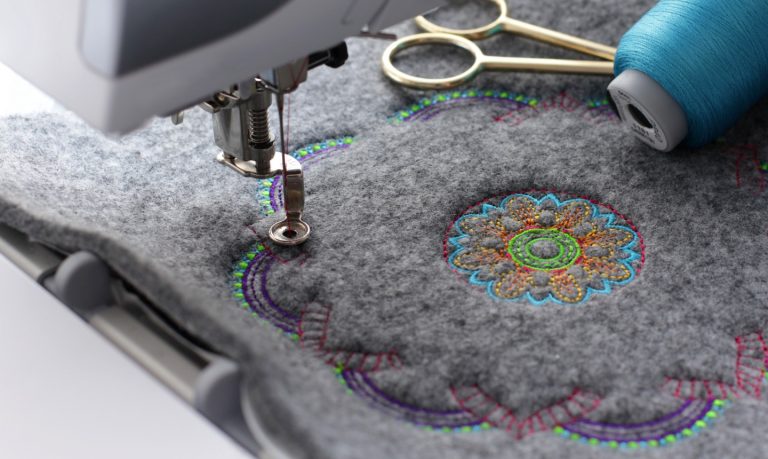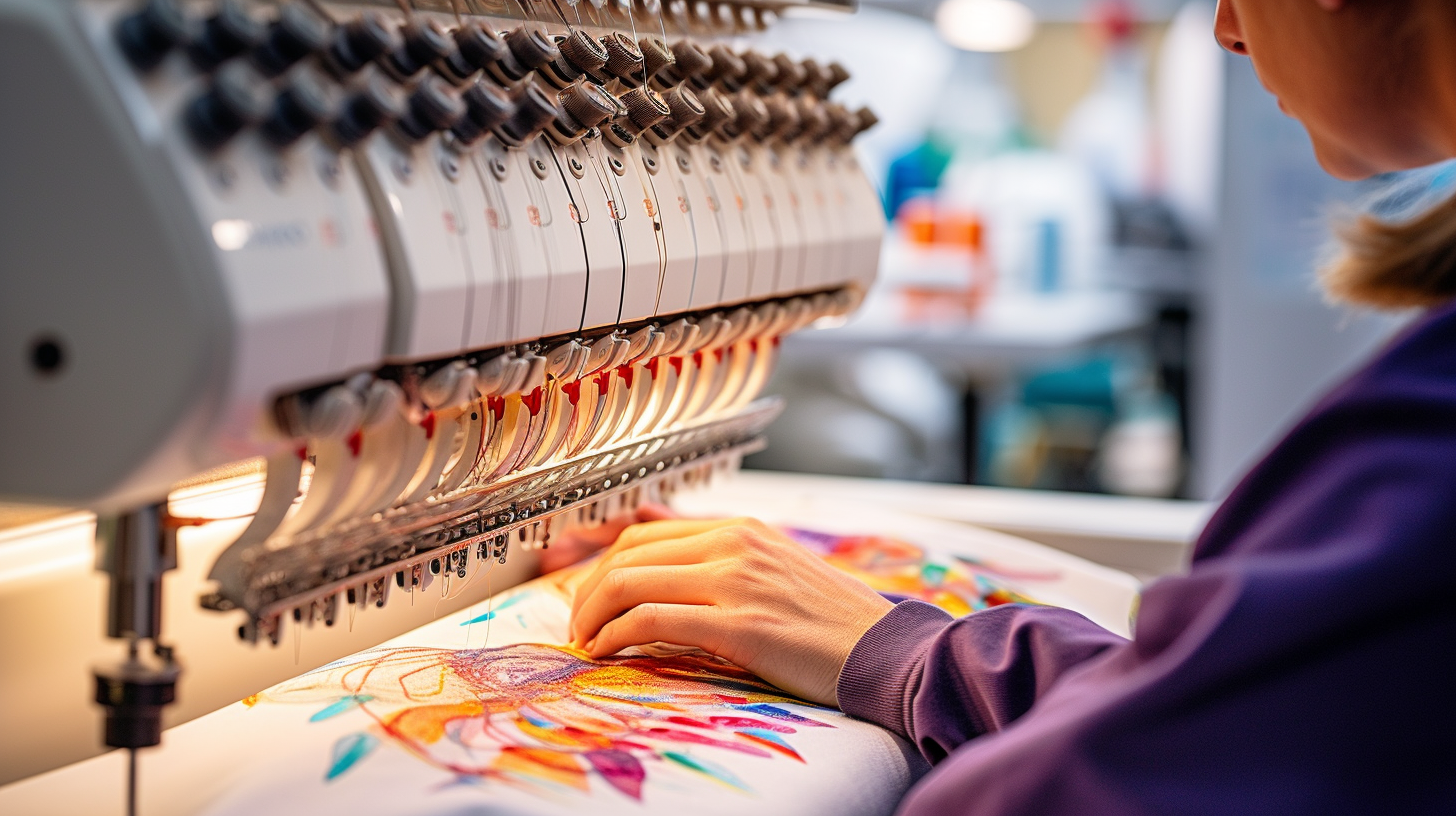Comprehensive Digitizing for Embroidery: From Layout to Sew
Comprehensive Digitizing for Embroidery: From Layout to Sew
Blog Article
Grasping the Needlework Digitizing Process: Your Ultimate Guide
Needlework digitizing is a thorough craft that calls for accuracy and competence to convert detailed layouts right into electronic layouts for equipment embroidery. As artisans begin on this journey to master the embroidery digitizing process, a comprehensive understanding of the basics sets the foundation for quality.

Recognizing Needlework Digitizing Essentials
Needlework digitizing essentials create the structure whereupon detailed layouts are converted right into machine-readable layouts for specific sewing. This first action in the embroidery digitizing process is essential for making sure that the final embroidered product is a faithful representation of the original design. Understanding needlework digitizing essentials entails realizing crucial ideas such as stitch types, stitch direction, thickness, rug, and draw payment.
Stitch types play an essential duty in establishing the aesthetic and textural result of the embroidered style. By choosing the proper stitch type, whether it be satin, fill, or running stitch, digitizers can achieve the wanted impact and enhance the total high quality of the embroidery. Additionally, stitch direction affects the flow and measurement of the style, while density figures out the spacing and protection of the stitches.
Moreover, padding stitching provides security to the design by safeguarding the material and avoiding distortion throughout the needlework procedure. Pull compensation is one more vital consideration to combat the natural propensity of fabric to agreement when sewn. Grasping these needlework digitizing fundamentals is basic for developing professional-quality embroidered items.
Choosing the Right Digitizing Software Application
Choosing the appropriate digitizing software is an essential decision that substantially influences the performance and quality of the embroidery digitizing procedure. Digitizing for Embroidery. When picking the right digitizing software application, it is important to take into consideration factors such as the complexity of styles you prepare to develop, the user-friendliness of the software program, the degree of customer support provided, and the compatibility with your embroidery maker
There are numerous digitizing software program options available on the market, ranging from basic programs for beginners to sophisticated software program for specialist digitizers. Some preferred selections include Wilcom EmbroideryStudio, Hatch Embroidery Software Application, and PulseID. These software application bundles provide a wide variety of tools and features to aid you develop detailed layouts with convenience.
Prior to deciding, it is a good idea to check out the different software options via cost-free tests or demonstrations to identify which one best matches your demands. In addition, checking out reviews and seeking referrals from skilled digitizers can provide beneficial understandings into the strengths and weak points of each software application package (Digitizing for Embroidery). By you can try here meticulously examining your demands and contrasting the functions of different digitizing software, you can make an enlightened option that enhances your needlework digitizing process
Digitizing Tools and Strategies

Optimizing Layout Setup for Needlework
Grasping the ins and outs of style settings is essential in accomplishing ideal results in the embroidery digitizing procedure, structure upon the structure laid by comprehending digitizing tools and strategies. When maximizing layout setups for embroidery, it is important to think about aspects such as stitch type, density, padding, draw payment, and registration. Stitch kind option influences the general look of the style, with alternatives like satin, fill, and running stitches offering various structures and results. Thickness refers to the spacing and thickness of stitches, impacting the design's coverage and sturdiness. Proper padding sewing offers security and stops material distortion, especially for intricate styles or on stretchy products. Pull settlement changes for fabric stretch throughout stitching, making certain precise design duplication. Registration setups align various elements of the layout accurately, keeping general layout stability. By fine-tuning these design setups, embroiderers can enhance the high quality and precision of their stitched productions.

Troubleshooting Common Digitizing Issues
When encountering usual digitizing problems throughout the embroidery process, it is important to comprehend the origin and carry out effective options promptly. One typical issue is stitch thickness issues, where stitches may be also thick, causing the material to tighten, or too sporadic, causing voids in the design. Changing the stitch thickness setups in the digitizing software can assist solve this concern.
One more constant challenge is thread breaks during the needlework procedure. This can take place due to various reasons such as inaccurate stress setups, plain needles, or making use of low-quality thread. Making sure appropriate upkeep of the needlework maker, including regular needle modifications and tension modifications, can lessen the event of string breaks.
In addition, layout enrollment mistakes can cause misaligned components within the needlework layout. Examining the layout placement in the digitizing software program and making essential adjustments prior to stitching can assist in avoiding this concern. By resolving these common digitizing issues promptly and effectively, you can ensure a smoother embroidery procedure and high-quality finished items.
Verdict
In final thought, grasping the embroidery digitizing process calls for a strong understanding of the fundamentals, the best choice of software program, and expertise of tools and techniques. Optimizing layout setups and troubleshooting common digitizing concerns are vital steps in ensuring high-quality needlework results. By following these steps faithfully, one discover this info here can accomplish precision and performance in the digitizing procedure.
Report this page